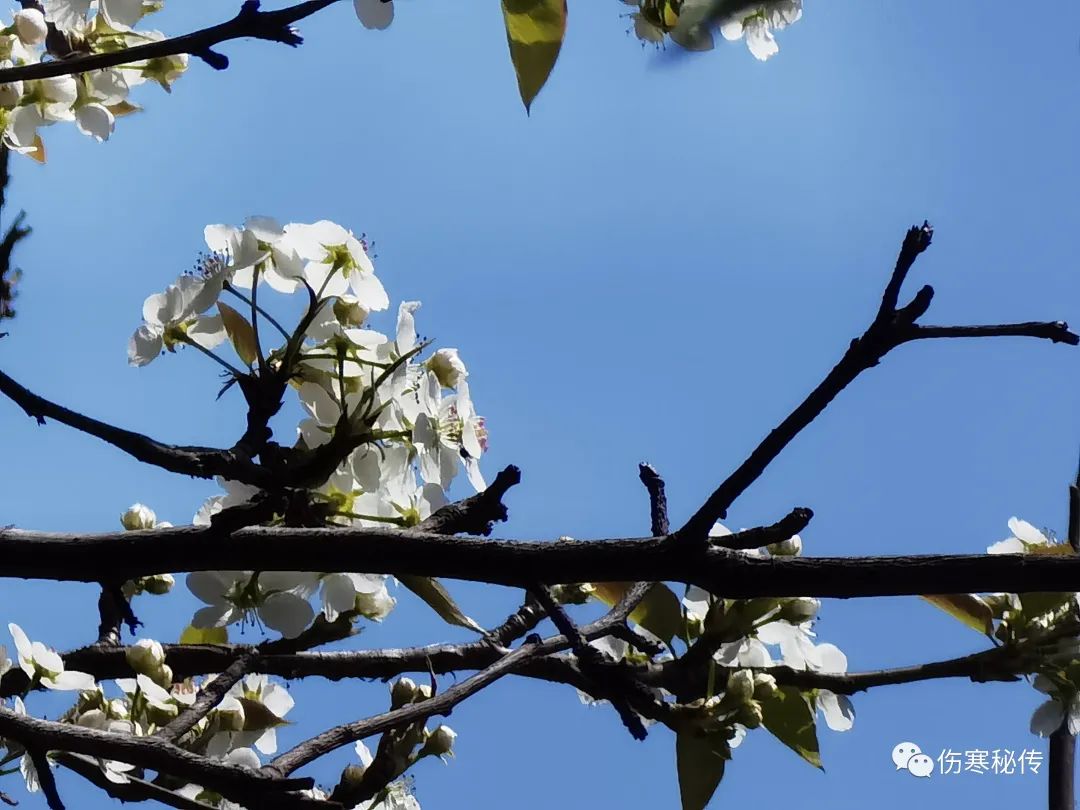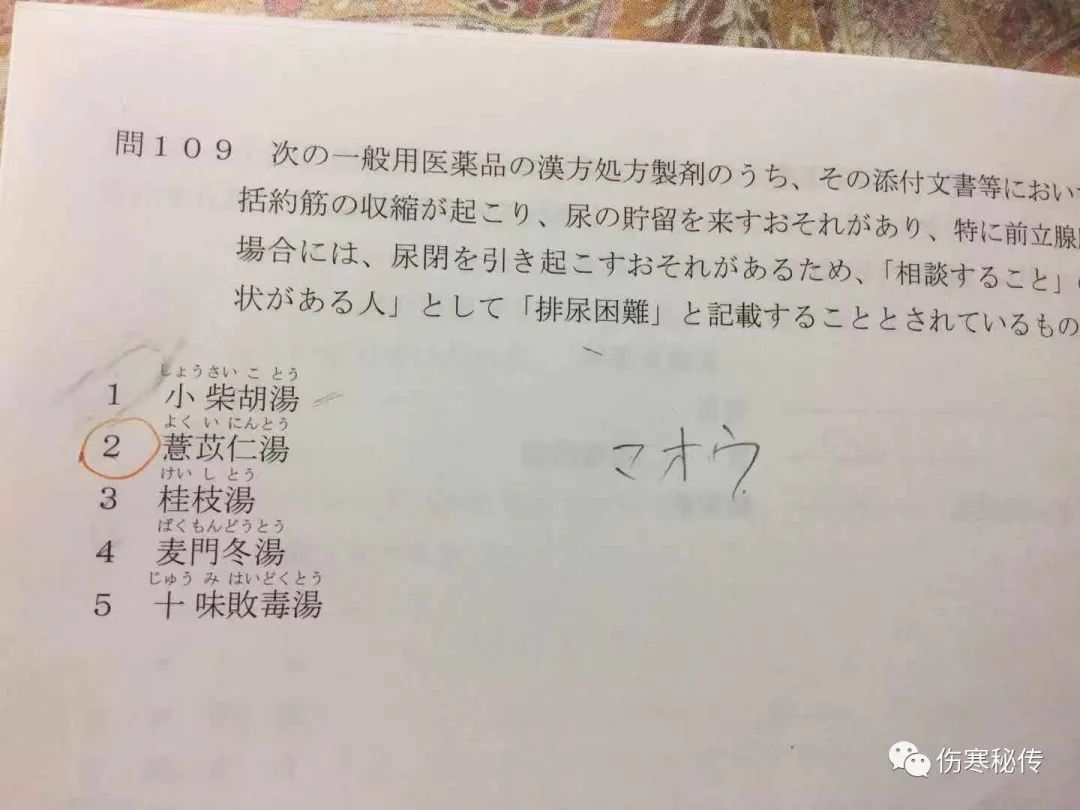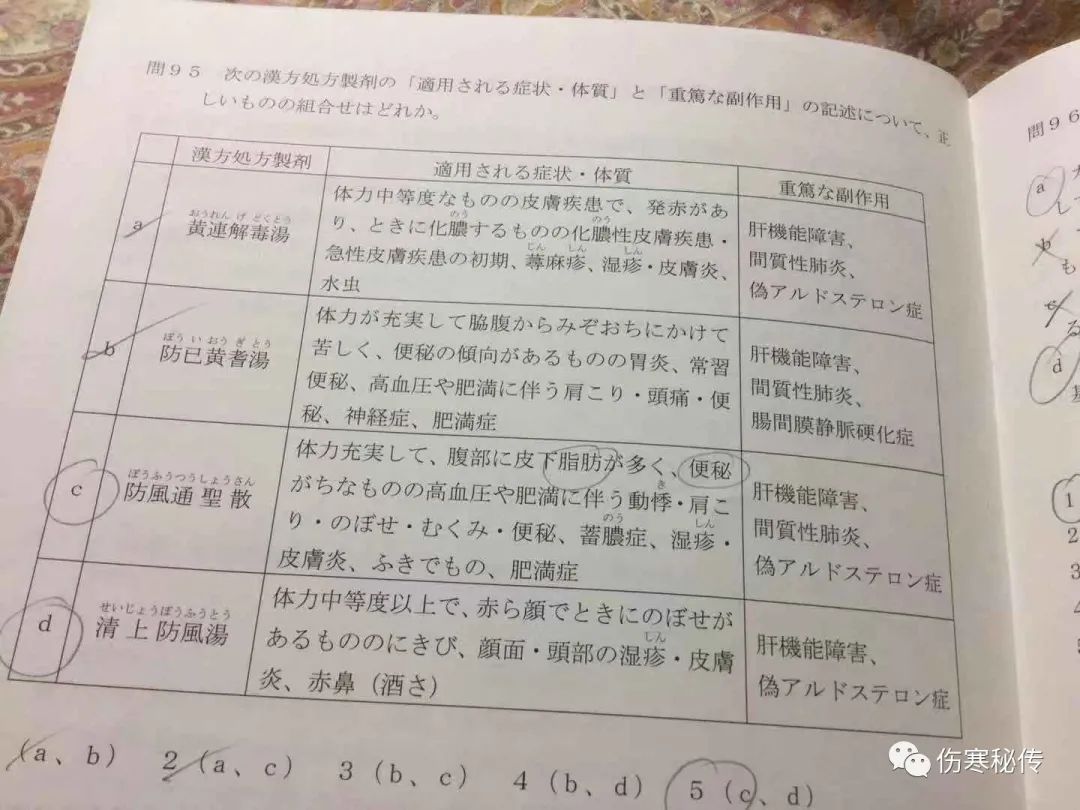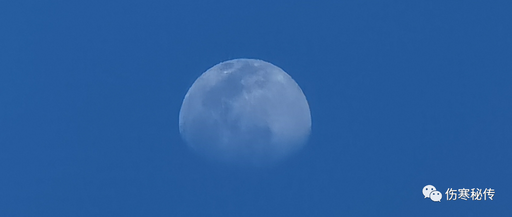
When ordinary people read the “Shang Han Lun” (Treatise on Cold Damage), they may be skeptical of the various conclusions presented in the text. However, true practitioners see it as a pinnacle of precision medicine. The understanding of physiological and pathological conditions in the “Shang Han Lun” reaches an apex, akin to seeing through the human body. For instance, we often take sweating for granted in daily life, but from the perspective of the “Shang Han Lun”, sweating must harm the Tai Yang (Greater Yang) and indicates a deficiency in Tai Yang. Therefore, whether it is a Tai Yang wind or a Yang Ming (Bright Yang) disease, sweating will harm Tai Yang. This medical understanding considers the human body’s physiological changes throughout the four seasons. Sweating in summer or due to exercise is a way to dispel the heat of Tai Yang. Thus, any instance of sweating must harm Tai Yang, and a deeper understanding involves the body’s blood supply changes; hence, excessive sweating can lead to the loss of Yang. Furthermore, a few days ago, a case of fever was presented, and many did not understand why there was no sweating after using Ma Huang (Ephedra). This is because the patient will only begin to sweat after midnight; if you cannot foresee such physiological changes, your medical knowledge is still lacking. The “Shang Han Lun” states: “After three days, if the pulse remains, the heat will resolve by midnight of the next day.” The original author of the “Shang Han Lun” foresaw the timing of disease resolution. The twelve organs and meridians of the human body change with the day and night, and each time period has its own special physiological rules. Without this basic medical knowledge, how can one truly learn Traditional Chinese Medicine (TCM)? What is learned is merely pseudo-TCM. In yesterday’s article, a case of Xiao Chai Hu Tang (Minor Bupleurum Decoction) was presented, and today it will be analyzed again; otherwise, readers would only be spectators. The patient is a sixteen-year-old male who has experienced recurrent abdominal pain for over a year, primarily at night. On the afternoon of the fourth of this month, the pain worsened, and CT scans and tests showed no issues. Three days ago, the abdominal pain intensified again, accompanied by vomiting. The previous physician prescribed Chinese medicine, including Lactulose, which contained Chai Hu (Bupleurum). The patient vomited in the morning, which corresponds to the Shao Yang (Less Yang) time, and did not vomit in the afternoon, which corresponds to the Tai Yang time. The abdominal pain at night indicates a problem in the Jue Yin (Absolute Yin) and Yang Ming, thus requiring the use of Xiao Chai Hu Tang. The combination of Xiao Chai Hu Tang and Gui Zhi Tang (Cinnamon Twig Decoction) forms Chai Hu Gui Zhi Tang. Yang Ming wind requires Xiao Chai Hu Tang, while Tai Yang wind requires Gui Zhi Tang. For conditions involving both Yang Ming and Tai Yang wind that enter the Jue Yin and Shao Yang, Chai Hu Gui Zhi Tang is the treatment of choice. Most people’s understanding of TCM, such as the Eight Principles of Diagnosis and constitution differentiation, is not true TCM. True TCM must differentiate the twelve organs and meridians, and this cannot be taken lightly. The twelve organs and meridians are the core theory of TCM; without them, it is not TCM. The twelve organs and meridians are further divided into three Yin and three Yang, and the diseases of the three Yin and three Yang are intricately woven into the “Shang Han Lun”. The Eight Principles of Diagnosis is a crude fabrication, while the differentiation of the three Yin and three Yang is a meticulous craft. The constitution differentiation system is currently being developed by the Japanese; some have imported it from Japan. However, the Japanese cannot truly learn TCM because they follow the West, and thus are essentially practicing Western medicine, not TCM.


Therefore, no matter how one studies the “Shang Han Lun”, the probability of truly mastering it is close to zero. Since Wang Shuhe, which TCM master has truly learned it? The TCM masters after Wang Shuhe have misled future generations; they are all pseudo-TCM practitioners. True practitioners teach TCM to preserve the teachings of the ancients. Readers cannot even imagine what true TCM is like because the gap is simply too vast. Thus, whether or not one has previously studied TCM, learning from true practitioners is like starting anew. True practitioners teach TCM through WeChat groups on the eleventh of each month, sending short video lessons, allowing learners to study without being online at all times. Some people always want to follow the teacher for clinical practice; if conditions allow, that is naturally good, but in reality, learning from true practitioners is achieved through the internet. Even if one has previously attended a live lecture, future clarifications will still need to be done online. The internet age will cultivate unique online characteristics; whether in teaching or clarifying doubts, it can all be achieved through the internet. Skills are developed through practice; to know by observation is divine, to know by hearing is sage-like. Without diligent practice in observation, inquiry, diagnosis, and treatment, how can one transcend to a higher level? Some people are obsessed with observation, inquiry, and diagnosis, and thus stop at that level. To elevate one’s skills, it is essential to practice diligently, even if it means practicing with one’s eyes closed.

